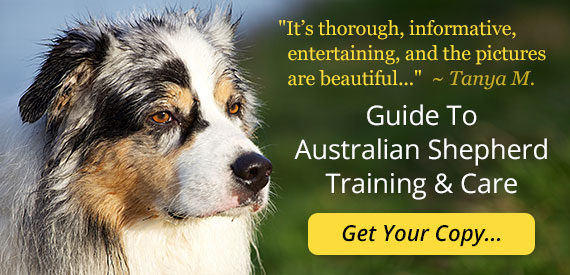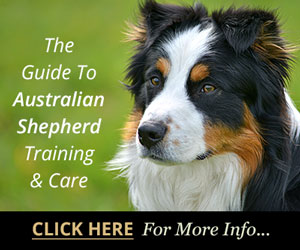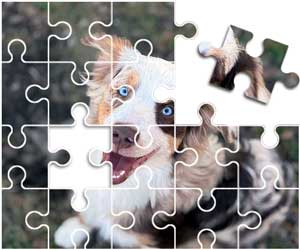
How To Manage Cataracts In Dogs
Cataracts in dogs are distressing, but the good news is that, more often than not, they are fairly easily treated. While any breed can develop cataracts from a variety of causes, they are more prominent in some breeds including the Australian Shepherd. No matter the breed, it is extremely important to have cataracts diagnosed and treated as quickly as possible. The faster you act, the better your chances of preserving your dog's eyesight.
A cataract is an opacity, or clouding, of the lens of the eye. Cataracts can vary in size and the larger the cataract, the more it will affect vision. As with humans, dog cataracts often develop with old age but can occur in younger dogs as well, usually as a result of an underlying condition such as diabetes. In most cases, though, cataracts are hereditary and will be present at birth or develop in young adulthood.
Australian Shepherds are particularly susceptible to inherited cataracts due to a specific genetic mutation called HSF4. Though there may also be other causes for the condition, the HSF4 mutation is responsible for at least 70% of all cataracts in the breed. Unlike most cataracts in dogs, those with genetic origins are usually bilateral, meaning they occur in both eyes.

Photo: Ricant Images / stock.adobe.com, Photo Illustration: Anton Hout
Obviously, bilateral dog cataracts have a greater chance of negatively affecting vision. While cataracts can frequently develop in both eyes, they usually only occur in one eye at a time. So if your dog develops a cataract in one eye you should bring him back to the vet to have the other eye checked for any signs of a cataract developing. Because the progression of cataracts varies from one dog to another, the sooner you have your dog treated, the better off he'll be.
The most common symptom of cataracts in dogs is clouding of the eye. If you notice any signs of cloudiness, take your dog to the vet for a thorough exam. A cataract that is not properly treated can become detached and block natural fluid drainage, leading to glaucoma and blindness. Also, the cataract can begin to dissolve over time, which can cause a painful inflammation of the eye.
Surgical Treatment Of Cataracts In Dogs
A routine eye exam can confirm the presence of dog cataracts, in which case surgery may be necessary. Surgical treatment is very similar to that in humans, with the clouded lens removed and replaced with a plastic lens.
Though your vet will need to determine if your dog is a good candidate for surgery, in most cases surgery has a very positive outcome. There will be a post-operative recovery period during which your dog will need to wear an Elizabethan collar and you will need to apply eye drops several times a day.
If your dog has an underlying condition like diabetes, which can lead to the development of cataracts, then it will be necessary to treat that condition as well. For Aussie's it is possible to avoid the genetic mutation that causes cataracts with careful breeding practices but it is still a good idea to remain vigilant about your dog's eye health.
Though most dogs acclimate to vision loss fairly easily, the more you can to do preserve your dog's eyesight and give him the best quality of life, the better. Make sure your dog has regular eye exams, particularly if you notice any signs of a cataract developing. Cataracts in dogs don't have to be devastating provided you stay one step ahead of them, so make sure you do everything you can to keep your dog seeing clearly.
For more information about Aussie health issues see the Australian Shepherd Health & Genetics Institute (ASHGI).
Have Dog Training Questions?
Check out these introductory dog training videos...
I want my dog to stop being aggressive.
I want some help training my new puppy.
I want my dog to stop barking at everything.
Get Australian Shepherd Info, Website Updates, Special Offers, and Cartoons...
FREE GIFT
You'll also receive a free copy of the ebook
My Everyday Dog Training Tools
by professional dog trainer Daniel Abdelnoor, "Doggy Dan"









